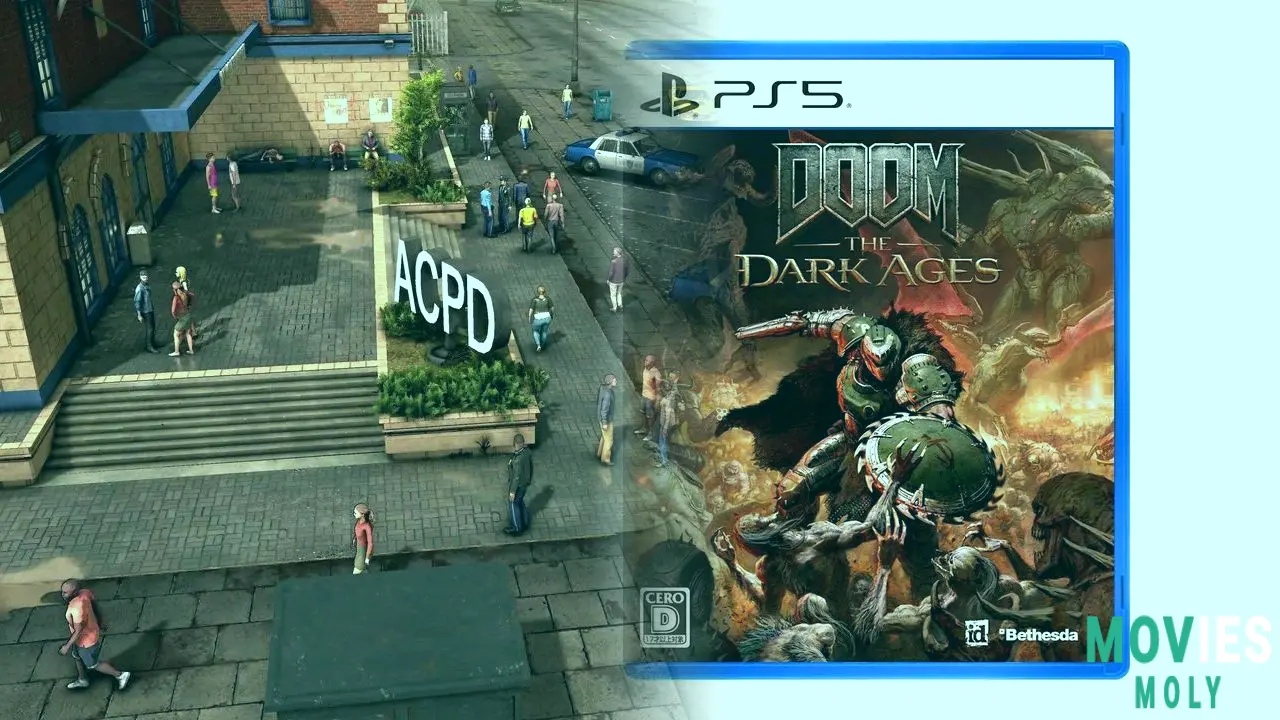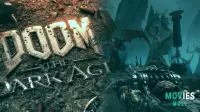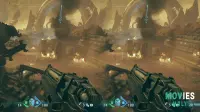Doom: The Dark Ages pushes the Slayer into a medieval inferno and somehow manages to both honor and reshape what the series stands for. It's a violent, heavy, and experimental first-person shooter that trades speed for weight and chaos for control — with mixed but mostly impressive results.
Medieval setting transforms the Slayer’s combat styleId Software’s latest entry isn’t just a time jump—it’s a tone shift. Where Doom Eternal had you zipping around like a hyperactive gymnast, The Dark Ages anchors you as a lumbering juggernaut. The Slayer feels denser, more grounded, and every movement packs a punch—literally. Landing from a height causes a mini-earthquake. Dodging feels less necessary when you can block and reflect enemy projectiles with a new shield mechanic.
This shield is the core of the new combat loop. It lets you absorb missile attacks, parry demon blows, and turn enemy fire against the horde. Combat becomes a rhythm of hit, block, counter, and finish. It’s a smart fix to the “stop and react” critiques Doom Eternal faced. Now, you’re not just avoiding damage—you’re playing with it.
“Glory kills” are scaled back. Instead of cinematic executions, most finishers are brutal but straightforward—punches, kicks, ground slams. The visceral edge is still there, but it’s more about flow than flash. And that flow often hits its mark. Stringing together aerial combos, shield throws, and ground pound attacks makes you feel like a one-man demolition crew with medieval swagger.
Open-ended levels offer freedom but sometimes drag down the pace
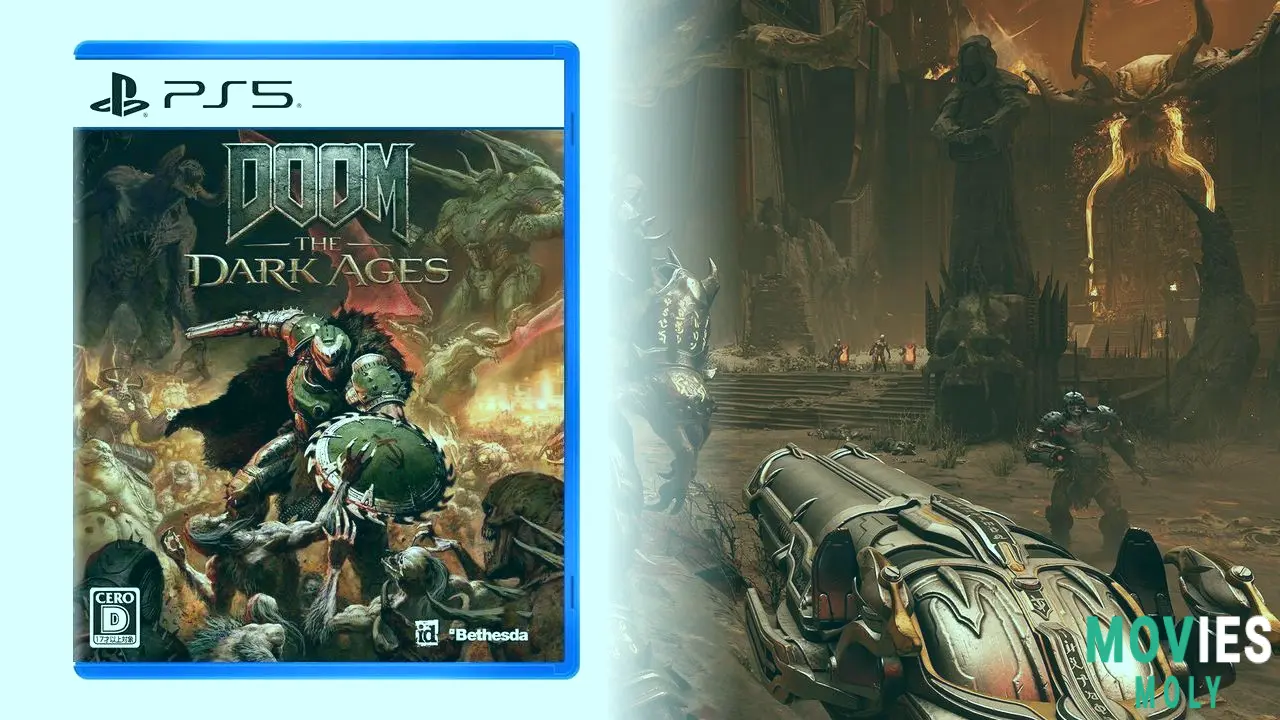
The 22 levels in The Dark Ages are the biggest in the series. Many are open-ended, letting you choose how and when to engage demon armies. This is a bold move for a franchise known for tightly controlled arena combat. It's a double-edged sword. On one hand, the freedom to hunt, explore, and experiment is welcome. On the other, some maps overstay their welcome with long treks and recycled enemy encounters.
These large battlefields aim for epic but often feel isolated. You’ll see giant titans smashing each other in the distance, but you can’t join the brawl. It creates a weird sense of scale—big in size, small in interaction. The demon swarms are still fun to mow down, but the gravity of these supposed "epic wars" never quite lands.
Vehicular sections add variety but feel underdeveloped
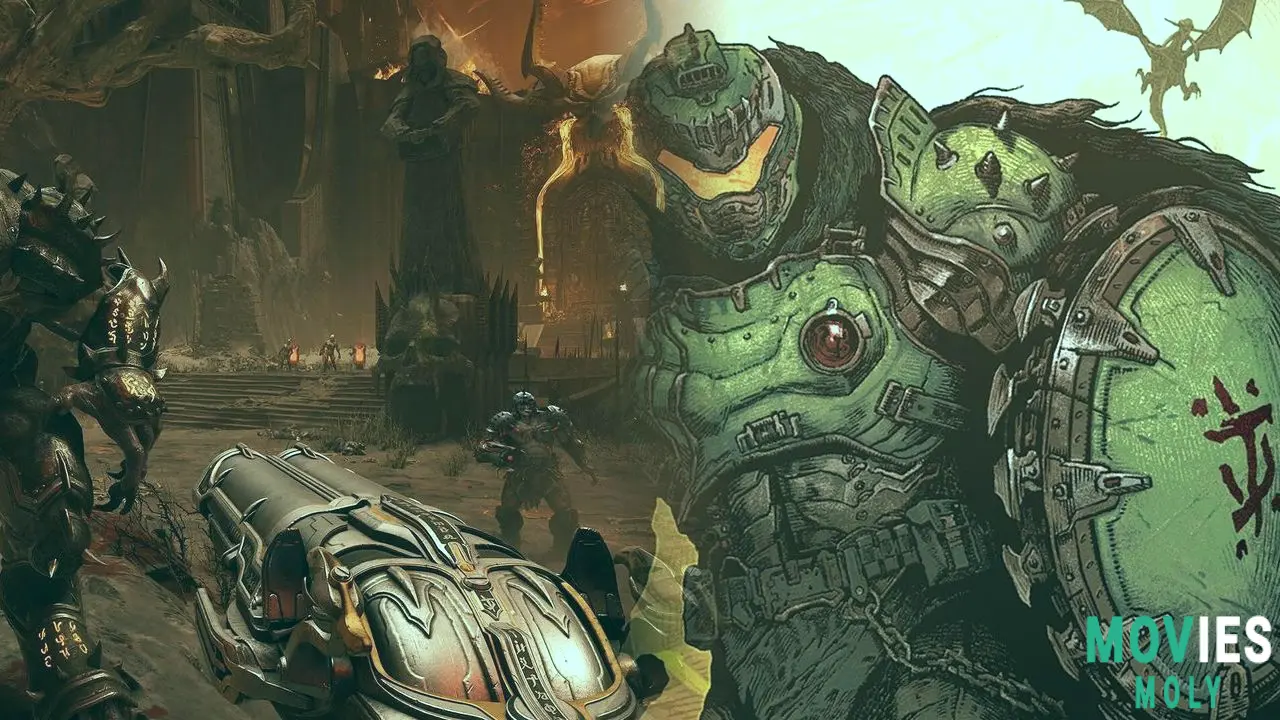
The game shakes up the formula with mech fights and dragon-riding sequences. Punching mountain-sized demons in a robot is a cool idea, but the execution is floaty and lacks impact. Dragon levels start slow but pick up with high-speed chases through fantasy skylines. They break the monotony but rarely feel as satisfying as the core ground combat.
Story remains a chaotic mix of myth and motivation
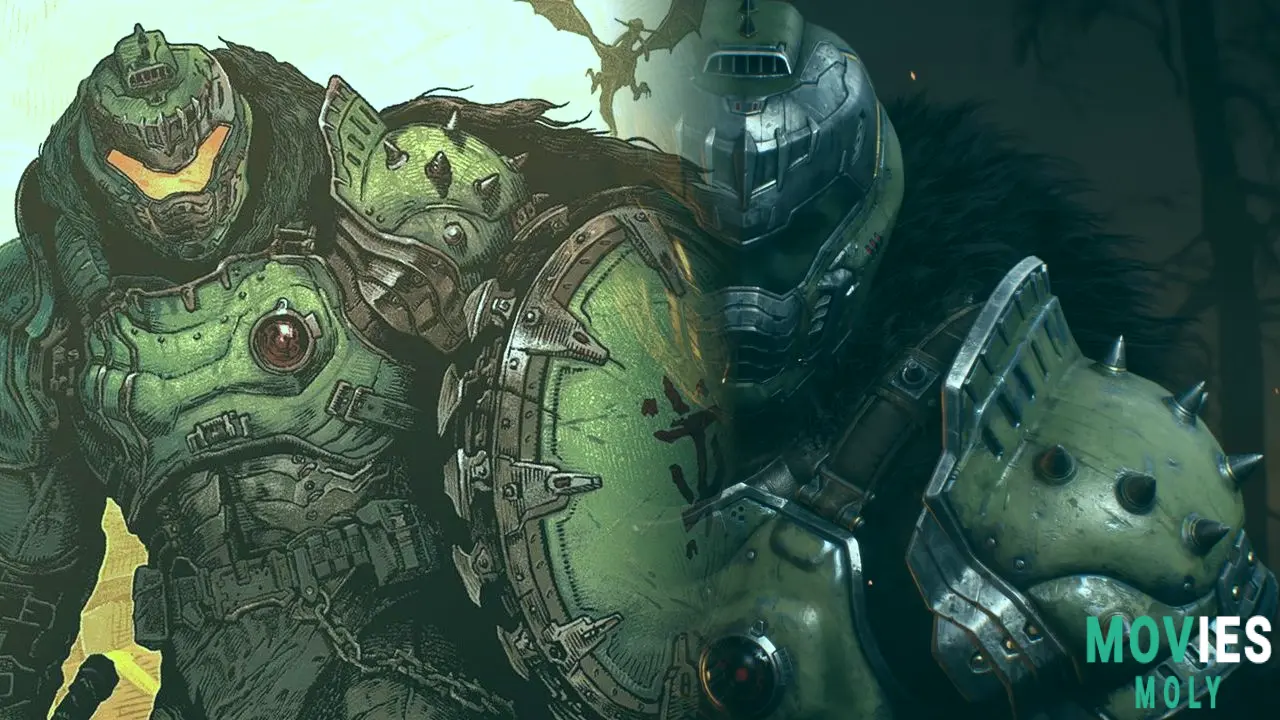
As with many Doom titles, the plot is secondary to the action. The Dark Ages tries to fill in the ancient backstory of the Slayer with a mix of angels, demons, and cryptic lore. It rarely makes sense, but it knows when to pull the emotional strings. Moments that echo Doom Eternal’s mythic tone land well, giving context to your blood-soaked crusade.
Still, the narrative is mostly a scaffold for the combat. It’s enough to keep lore-hunters interested, but most players will move through it like a speedrun—stopping only when it sets up a particularly cool arena.
New soundtrack can’t fill the void left by Mick Gordon
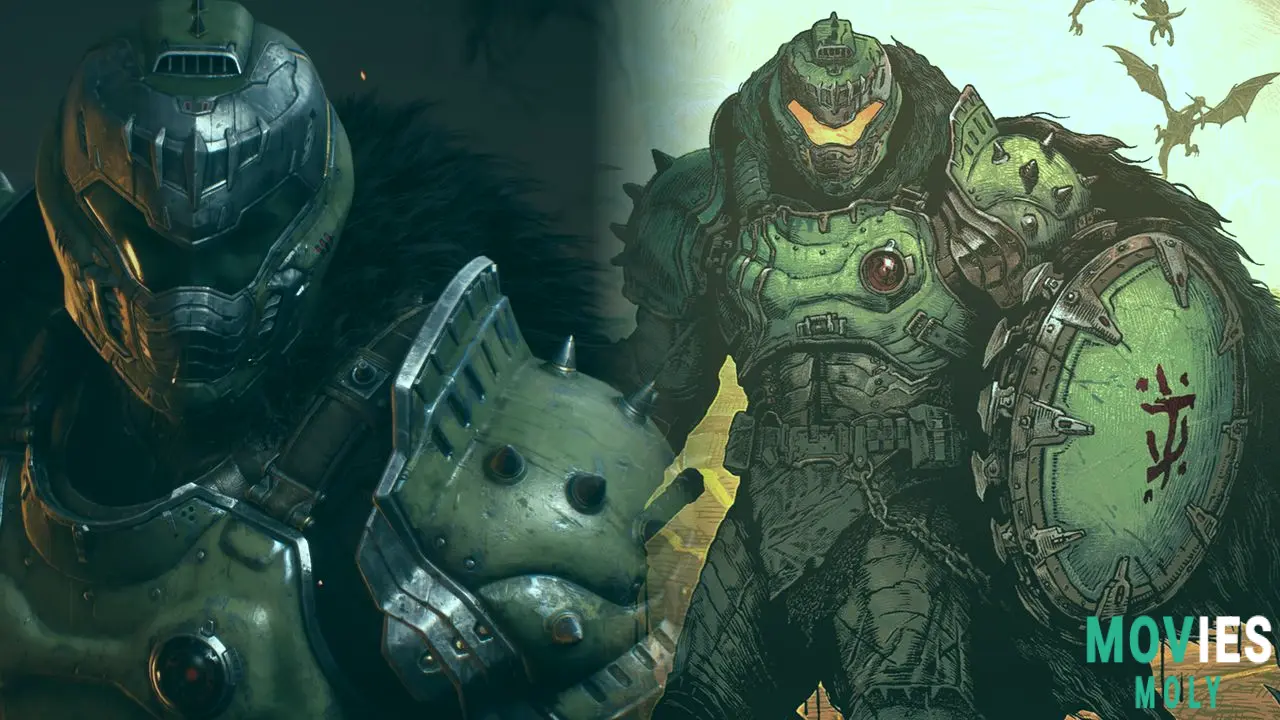
One of the most noticeable absences is composer Mick Gordon. His industrial-metal genius defined the 2016 and 2020 games. The Dark Ages’s Finishing Move studio sticks to thrash metal staples, and while it fits the tone, it rarely soars. The music fuels the fights but doesn’t become a character in them like Gordon’s work did. It’s serviceable, not signature.
Doom innovation that isn’t afraid to stumble
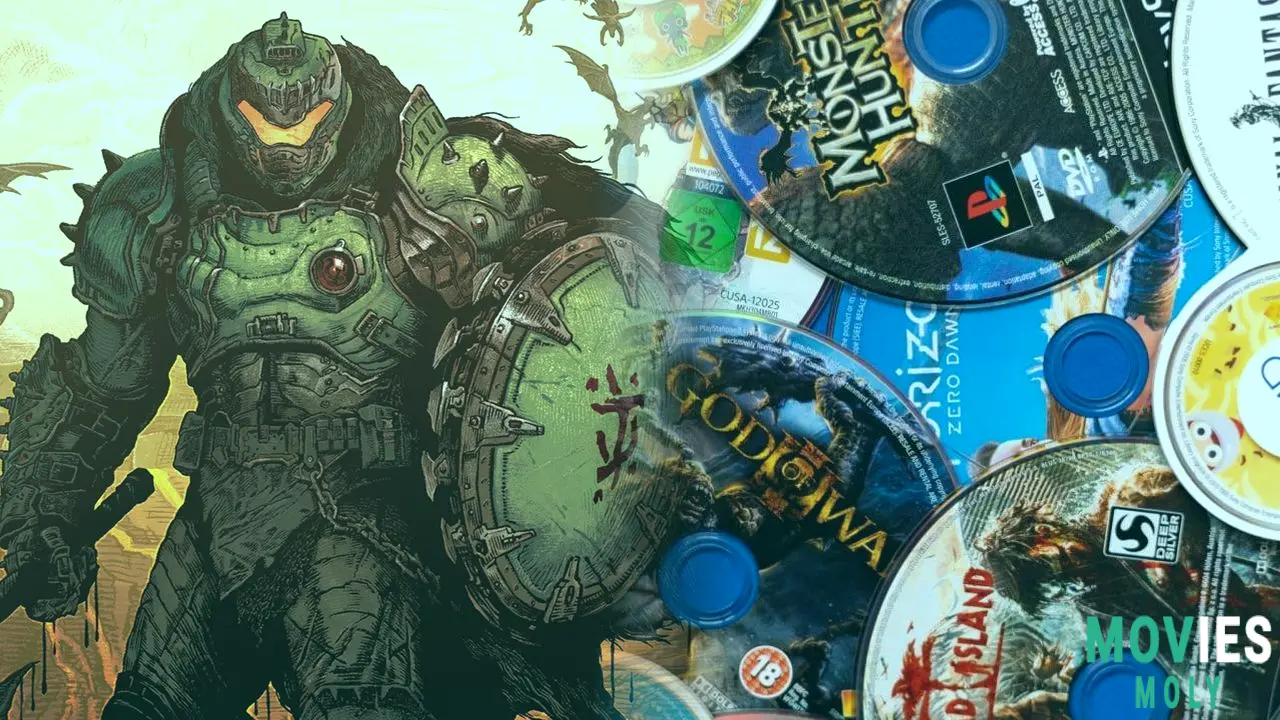
The Dark Ages isn’t just another Doom game. It experiments with pacing, combat, and level design in ways that might divide the fanbase. It’s slower but heavier, more open but sometimes aimless. It loses some of the glory-kill flair but gains combo melee brutality. It wants to be both a medieval fantasy and a demon-slaying laboratory, and for the most part, it pulls that off.
If you came for fast lanes and flashy executions, this might feel like a detour. But if you’re willing to march through hell at a slower, more forceful pace, Doom: The Dark Ages gives you a new rhythm to break skulls to. It doesn’t always hit perfectly, but when it does, it lands with the force of a grounded Slayer.

